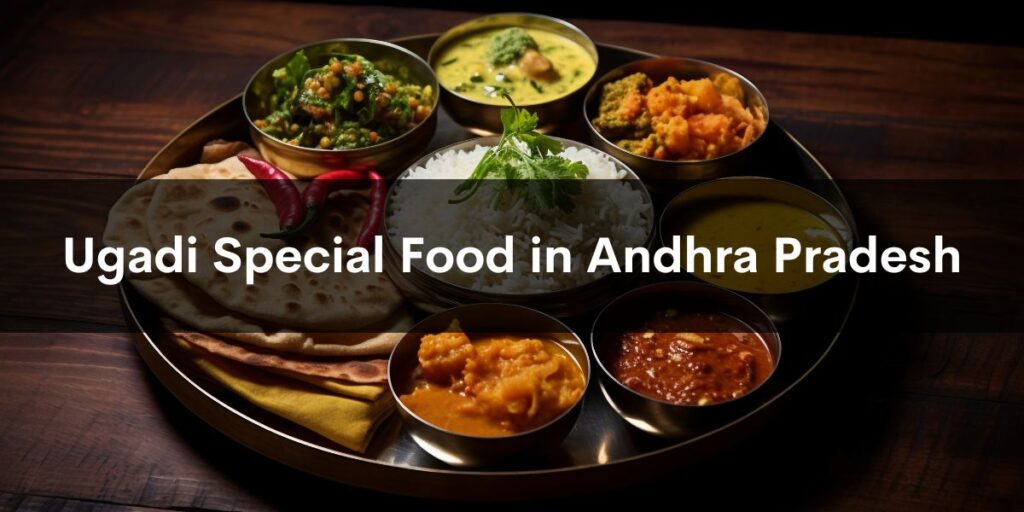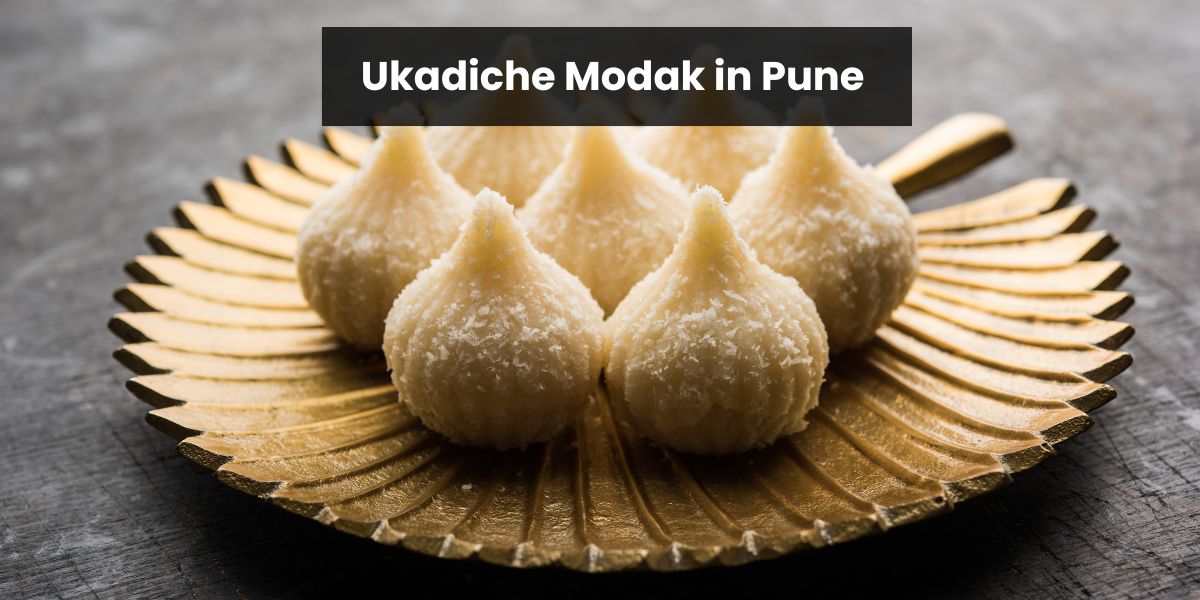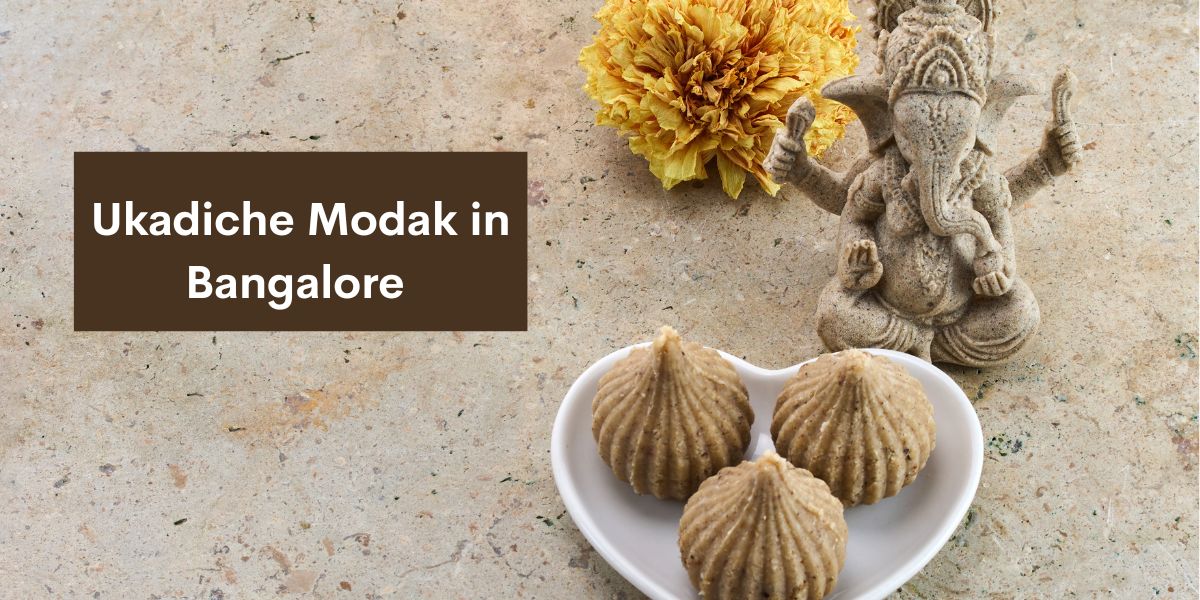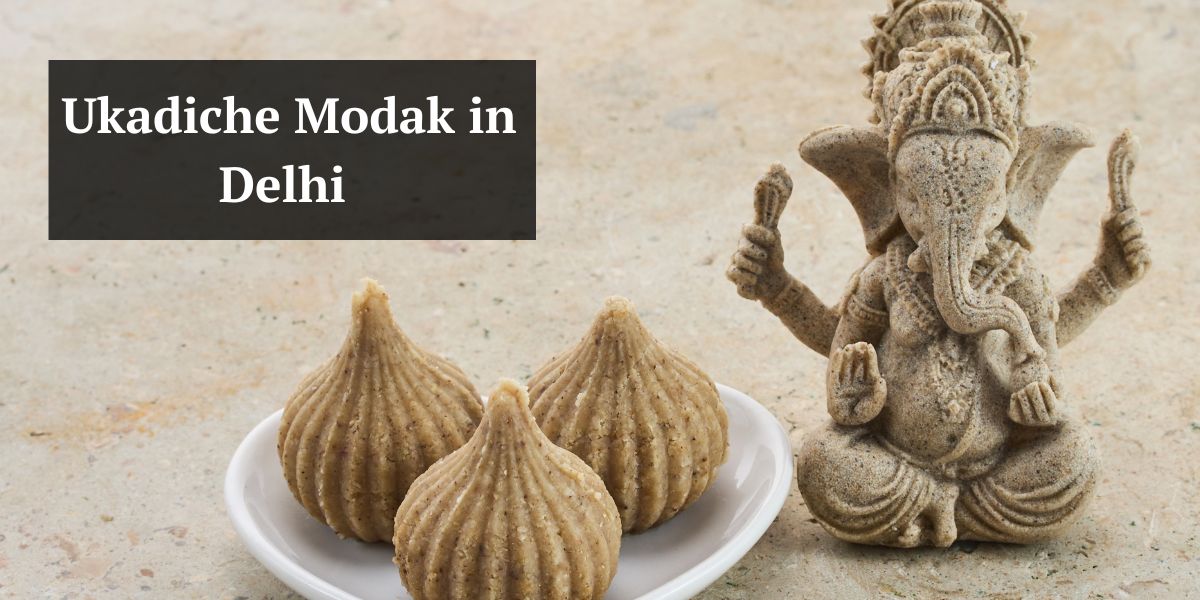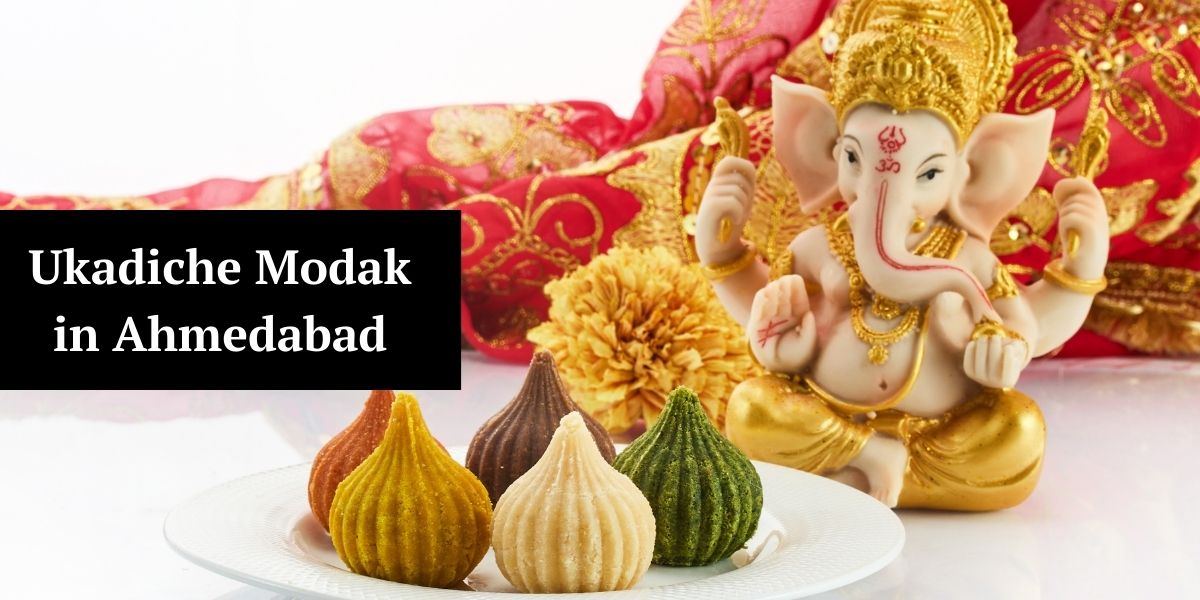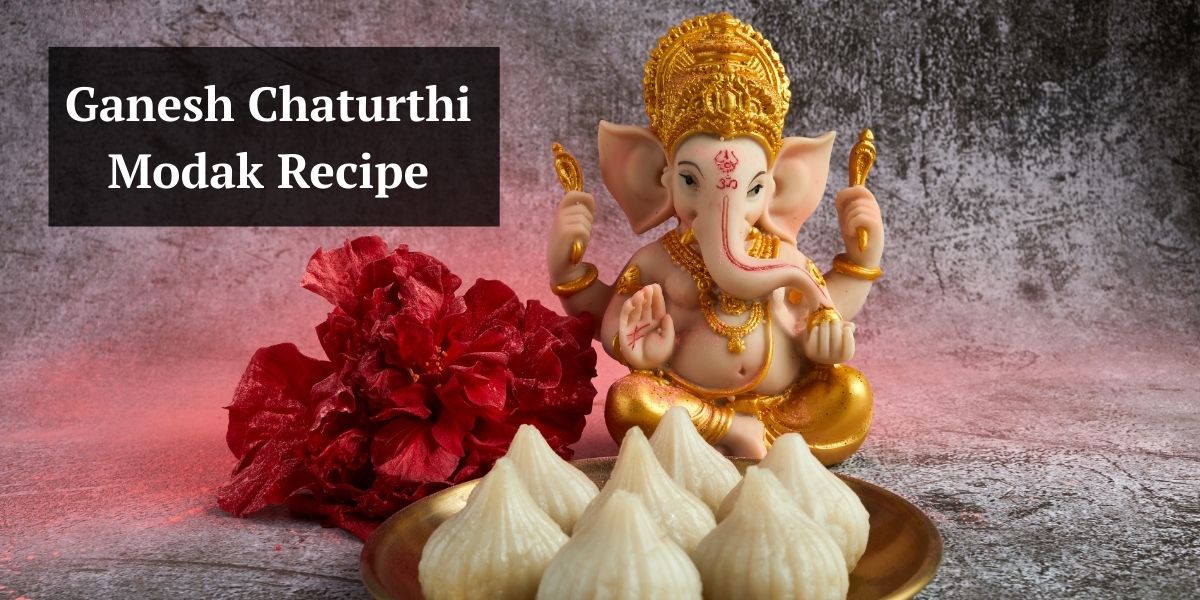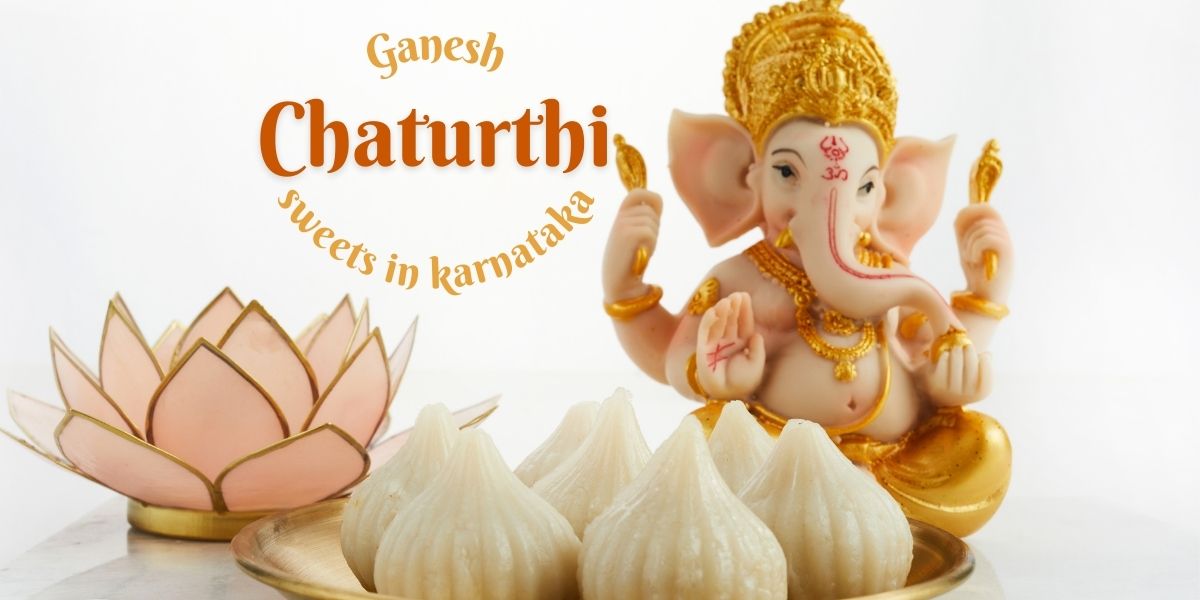Ugadi or Telugu New Year is one such festival that rings with Andhra Pradesh’s spirit. It’s that day when kitchens smell of typical festive fare, kin gather around, and the air reverberates with expectations for a fruitful new year. A calendar marker, yes, but more than that, Ugadi is a feast for the senses, a celebration of the varied flavors of life, and a tribute to the rich gastronomic heritage of the land. From the legendary Ugadi Pachadi to the variety of sweet and savory preparations, food takes center stage in these celebrations, representing the spirit of new beginnings and the promise of an abundant future.This blog hopes to take you through the soul of Ugadi Special Food in Andhra Pradesh, learning the legends and customs surrounding the tasty fare that makes the festival such an unforgettable event
Ugadi Festival Special Food Items in Andhra Pradesh
Please note that the prices mentioned below are approximate and may change with the location and place of eating.
Bobbatlu/Bakshalu (Puran Poli)
- Sweet flatbread filled with a chana dal-jaggery mix, slightly different from the Karnataka one in terms of preparation and flavor, owing to local modifications.
- Preparation: Jaggery and chana dal are boiled, mashed, and again cooked without moisture. Then, this mixture is filled in very thin dough made of maida or wheat flour, rolled up, and grilled on a griddle with ghee.
- Taste: Strong, sweet, and chewy, with ghee and cardamom flavors.
- Price: Rs 50- Rs 70 per piece.
Poornam Burelu
- Fried sweet dumplings stuffed witha chana dal mixture, jaggery, and coconut.
- Preparation: The same filling of bobbatlu is made into small balls, coated with a batter of rice flour and urad dal, and deep-fried to golden brown.
- Taste: Crisp on the outside, soft and sweet inside, with a dense jaggery and coconut flavor.
- Price: Rs. 150- Rs. 250 per plate (4-5 pieces).
Pulihara (Tamarind Rice)
- A sour and spicy rice dish made with tamarind pulp, spices, and peanuts.
- Preparation: Tamarind pulp is obtained and boiled in spices such as mustard seeds, curry leaves, and asafoetida. Cooked rice is afterwards blended with tamarind mixture and topped with roasted peanuts.
- Taste: Spicy, tangy, and nutty, with a bright yellow color.
- Price: Rs.180-Rs.300 per plate.
Daddojanam (Curd Rice)
- A cooler-soothing dish wherein cooked rice is dressed and made sultry through yogurt, which uses only a simple tempering.
- Preparation: Cooked rice mixed with yogurt, milk, and a tempering of mustard seeds, curry leaves, and green chilies.
- Taste: Cool, creamy, tangy: a refreshing flavor.
- Cost: Rs.120-Rs.200 per bowl.
Related – Ugadi Festival Special Food in Karnataka
Semiya Payasam (Vermicelli Kheer)
- Rice pudding made from vermicelli, milk, sugar, and nuts is made sweet.
- Preparation: Vermicelli roasted in ghee and cooked with milk, sugar, and cardamoms, using nuts such as cashew nuts and almonds.
- Taste: Rich texture leaves creamy sweet and scented taste; nutty flavor.
- Cost: Rs.150-Rs.250 per bowl.
Gavvalu
-
- Sweet shell-shaped snacks made with maida and sugar syrup.
- Preparation: Maida dough is rolled into small shell forms with the aid of a special mold or fork, fried, and then coated with sugar syrup.
- Taste: Sweet, crispy, and chewy to some degree, with a distinctive shell-like shape.
- Price: Rs.100-Rs.180 per plate.
Arisalu
- Sweet pancakes prepared with jaggery and rice flour.
- Preparation: Rice flour, which is rolled into small circles after mixing with melted jaggery, and deep-fried.
- Taste: Sweet, crispy and chewy to some extent with rustic flavor.
- Price: Rs.120-Rs.200 per plate.
Chakkara Pongali (Sweet Pongal)
- A tasty sticky lentil-and-rice dish flavored with jaggery, pure ghee, and nuts.
- Preparation: Rice and moong dal are cooked together with jaggery, pure ghee, cardamoms, and nuts.
- Taste: Sweet, creamy, and rich with the etheric flavor of ghee and cardamom.
- Price: Rs.180-Rs.300 per plate.
Minapa Garelu (Urad Dal Vada)
-
- The urad dal batter fritters fried golden brown and savoury.
- Preparation: Soak urad dal and prepare a fine batter, then fry.
- Taste: Crispy outside, soft and fluffy inside and also savoury in taste.
- Price: Rs.100-Rs.150 per plate.
Bellam Paramannam
- A rice pudding prepared with jaggery and milk.
- Preparation: Rice is softened in milk and then jaggery is added to it along with cardamom and nuts.
- Taste: Sweet, creamy, and soothing, with a subtle jaggery flavor.
- Price: Rs.150-Rs.250 per bowl.
Ugadi Festival Special Food in Andhra Pradesh Veg
Andhra Pradesh’s vegetarian fare is a reflection of the state’s rich agricultural yield and culinary creativity. At Ugadi, these dishes steal the show, highlighting the fresh flavors of vegetables and traditional cooking methods. Below are five must-have vegetarian preparations that adorn the Ugadi table:
Ugadi Pachadi
- The classic Ugadi food, representing the six tastes of life. In Andhra Pradesh, the pachadi is made with certain regional touches.
- Preparation: Raw mango, neem flowers, tamarind pulp, jaggery, green chilies, and salt are mixed in exact ratios. Banana or other fruits of the season are added in some variations.
- Taste: A richly harmonious composition of sweet, sour, bitter, pungent, salty, and astringent qualities, providing an unusual and emblematic experience.
- Importance: It’s eaten early morning, marking the acceptance of everything that life brings, both sweet and bitter. In Andhra Pradesh, taking the pachadi is performed with utmost reverence.
Recommended For You – ugadi festival food in bangalore
Vankaya Kothimeera Karam (Brinjal with Coriander Paste)
- A delicious brinjal curry prepared using fresh coriander paste and spices.
- Preparation: Brinjal cutlets are cooked in a paste of fresh coriander leaves, green chillies, ginger, and spices such as cumin seeds and mustard seeds.
- Taste: A lively and fragrant curry that combines spicy, tangy, and earthy tastes in a harmonious balance. Coriander’s freshness brings an original touch.
- Serving: Served best with roti or rice, it’s a favourite among vegetarians during Ugadi.
Gongura Pachadi
- A sour chutney prepared using gongura leaves (sorrel leaves), a common item in Andhra food.
- Preparation: Gongura leaves are fried with green chilies, garlic, and spices and made into a coarse paste.
- Taste: A highly spicy and tangy chutney with a novel taste.
- Importance: Gongura is a seasonal vegetable, and having it in Ugadi food indicates that it is the time of celebrating the harvest season.
Pesara Garelu (Moong Dal Vada)
- Spicy fritters of moong dal batter, provide a lighter version of urad dal vadas.
- Preparation: Moong dal is soaked, ground into a coarse batter, and combined with chopped onions, green chilies, ginger, and curry leaves. Small amounts of the batter are then deep-fried until golden brown.
- Taste: Crunchy on the outside, soft and airy on the inside, with a savory and lightly nutty taste.
- Service: It is Frequently served as a side dish or snack to accompany Ugadi meals.
Bendakaya Fry (Okra Fry)
-
- A crunchy and delicious okra dish, a typical side in Andhra food.
- Preparation: Okra chunks are coated with a combination of rice flour, gram flour, and spices, and shallow-fried until they are crispy.
- Taste: Crispy, slightly hot, and sour, with an unusual texture.
- Serving: It pairs well with rice and dal, providing a crunchy touch to the Ugadi dish.
Conclusion
Andhra Pradesh’s Ugadi is a festival beyond festivals, a canvas of culture weaved with yarns of custom, family, and gastronomy. The choice of dishes laid on the ceremonial table during Ugadi speaks volume of the tradition rich heritage and sentiment of renewed beginning. Be it the representational Ugadi Pachadi that embodies all aspects of diversified experience of life, or be it the delectable Bobbatlu or scented Pulihara, each dish chronicles tradition and sharing.
The veg delicacies that adorn the Ugadi table demonstrate nature’s abundance and Andhra Pradesh’s culinary acumen. The Vankaya Kothimeera Karam, Gongura Pachadi, and Pesara Garelu provide a culinary harmony that teases the palate and gratifies the spirit.
While family members come together to relish these festive dishes, they also tighten their relationships and revalidate their cultural belonging. Ugadi is a festival of contemplation, thankfulness, and expectation, a rejoicing of birth and harmony. The scent of authentic dishes sends warmth and joy into homes, with the fragrance spreading cheer that can be remembered for years to come.
At its core, Ugadi in Andhra Pradesh is a food fest that goes beyond the mere sustenance of it. It is a reflection of the state’s vibrant cultural past, a reflection of new life, and an emphasis on community and family. While you delight in the delicacies of Ugadi, we also hope you catch the essence of renewal and togetherness that defines this festival. Ugadi wishes to you!
FAQs
What is the significance of Ugadi Pachadi in Andhra Pradesh?
It symbolizes the six tastes of life, representing all experiences, and is the first dish consumed on Ugadi.
What is Bobbatlu, and how is it different from Puran Poli?
Bobbatlu is a sweet flatbread stuffed with chana dal and jaggery, similar to Puran Poli, but with regional variations in preparation and flavor.
Why is Pulihara (Tamarind Rice) a favorite Ugadi dish in Andhra Pradesh?
Its spiciness and tartness are the hallmark of Andhra food, and it’s simple to make in big batches for celebration parties.
What is Daddojanam and why is it served on Ugadi?
Daddojanam is curd rice, a cooling and soothing food item served to offset the rich and spicy taste of other Ugadi foods.
Are there any special vegetarian dishes associated with Andhra Pradesh’s Ugadi festival?
Yes, Gongura Pachadi and Vankaya Kothimeera Karam are specific to Andhra Pradesh and form part of the Ugadi food.
What are Gavvalu, and how are they prepared?
Gavvalu are sweet shell-shaped snack items prepared with maida dough, deep-fried, and immersed in sugar syrup.
In what ways does the Ugadi food in Andhra Pradesh showcase the culture of the region?
The cuisine is indicative of the country’s agricultural fertility, utilization of spices, and necessity of contrasting tastes, exemplifying a wealthy culinary tradition.

